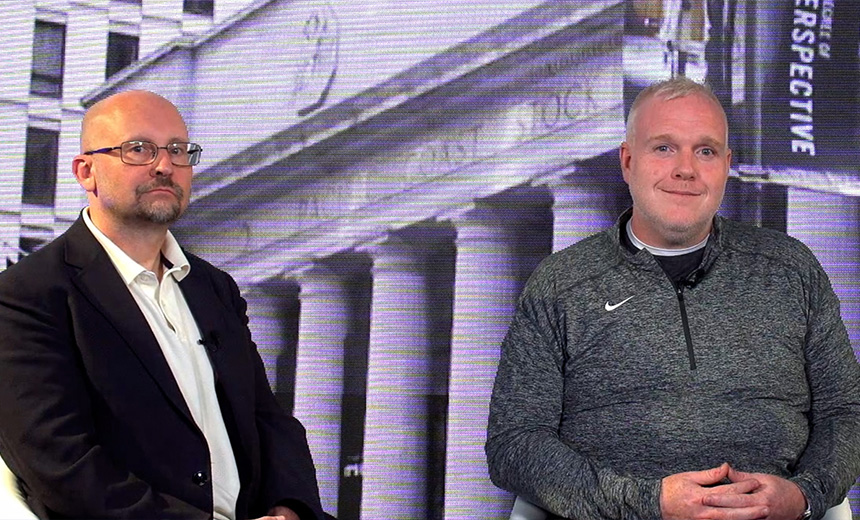Artificial Intelligence & Machine Learning
,
Black Hat
,
Events
Researchers Say AI Bots Blur Lines Between Identity, Consent and Cyber Defense
As generative AI programs continue to evolve, they are introducing new threats to the modern workplace. Digital twins, once confined to industrial systems, now enable hyper-realistic copies of actual employees to mimic vocal patterns, behaviors and even pick up on decision-making trends.
See Also: Organizations Must Focus on Threat Behaviors, Not Flaws
While gains in productivity are welcome, digital twins also open the door to insider threats. This evolving space raises questions about consent, data ownership and how far companies can go – or already have – to replicate human workers, said Ben Sawyer, associate professor of industrial engineering and management systems at the University of Central Florida, and Matthew Canham, executive director of the Cognitive Security Institute.
“You can imagine that it’s in the business interests of a company to hold these types of data. If your company is harvesting your data to build something that takes over your job, maybe you have incentive to poison that data,” Sawyer said.
In this video interview with Information Security Media Group at Black Hat USA 2025, Sawyer and Canham discussed:
- How AI-powered phishing is growing in sophistication;
- How digital twins can exploited through social engineering;
- Emerging laws that are taking shape in unexpected sectors.
Canham is executive director of the Cognitive Security Institute and a former supervisory special agent at the FBI. With a combined 20 years of experience in cognitive security and human-technology integration, Canham’s research focuses on the cognitive factors in synthetic media social engineering and online influence campaigns.
Sawyer is a human factors engineer and applied neuroscientist fascinated by information exchange between humans and machines. He has worked with the U.S. Air Force’s 711th Human Performance Wing and Massachusetts Institute of Technology, in addition to contributing his expertise in math and research to major Fortune 500 companies.

